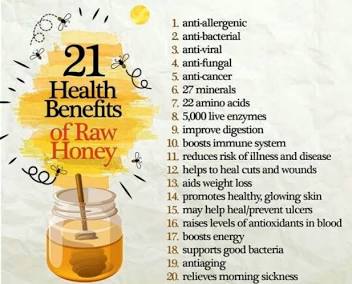Raw honey contains compounds, including nitrates and flavonoids, that can contribute to increased nitric oxide levels in the body. Nitric oxide plays a role in various bodily functions, including vasodilation (widening of blood vessels) and blood flow regulation.
Here's a more detailed look:
- Honey contains nitrate and nitrite, which the body can convert into nitric oxide.
- Quercetin, a flavonoid found in honey, can enhance nitric oxide production through endothelial nitric oxide synthase and stimulate calcium-activated potassium channels, contributing to vasodilation.
- Increased nitric oxide levels can have beneficial effects, such as promoting healthy cholesterol levels and circulation, according to Ames Farm.
- Honey's ability to increase nitric oxide levels may contribute to its potential benefits in promoting cardiovascular health.
- The exact amount of nitric oxide increase from honey can vary based on factors like the type of honey, the amount consumed, and individual metabolic factors.
https://youtu.be/szbgx17tZgs?si=kMX81bKYD5Qxiy7U
https://youtube.com/shorts/ydpIkjwUDmg?si=PtEQqf4g4gKrQeeY
HONEY SHRINKS FAT CELLS https://youtu.be/Dzj_cXDsgxI?si=fyqd0Y95RRtHE5YT












No comments:
Post a Comment